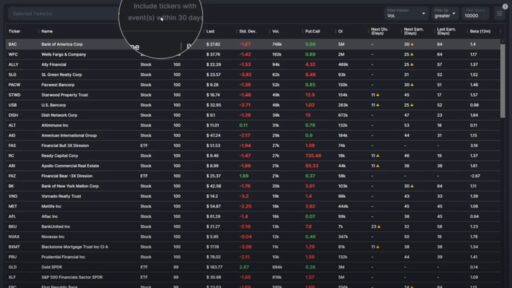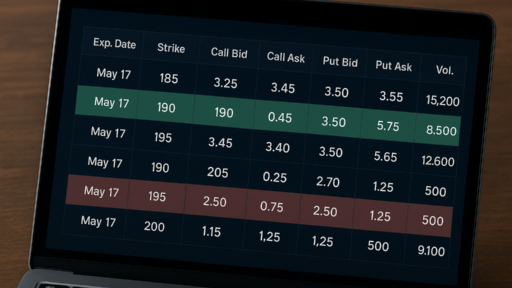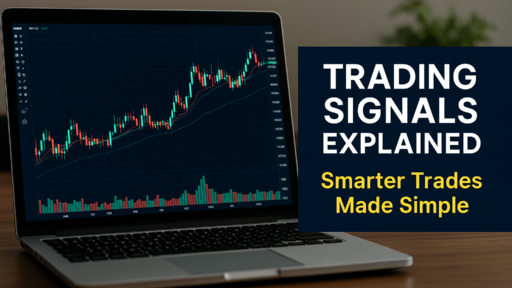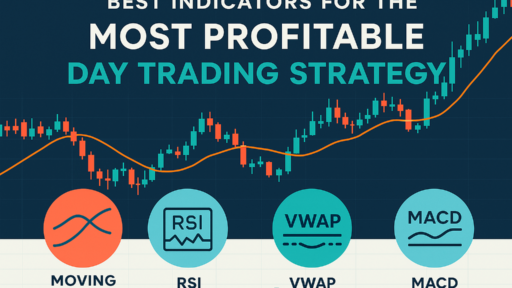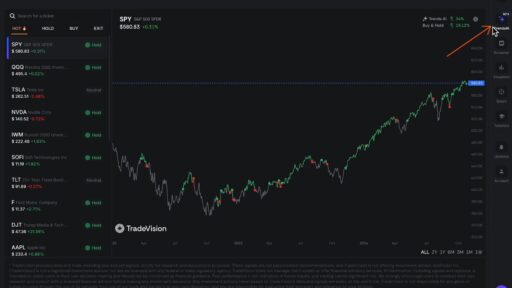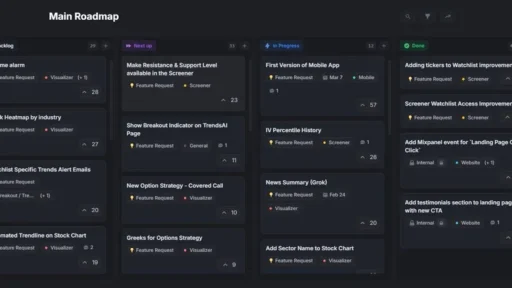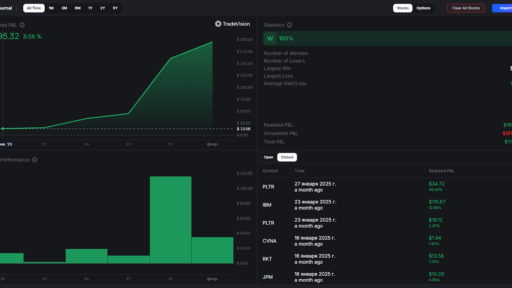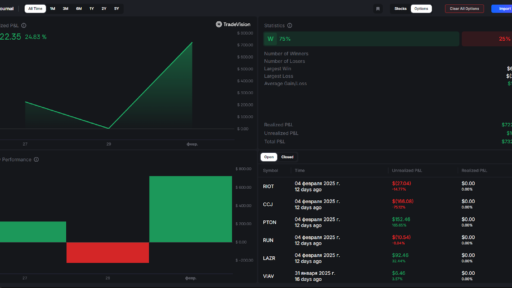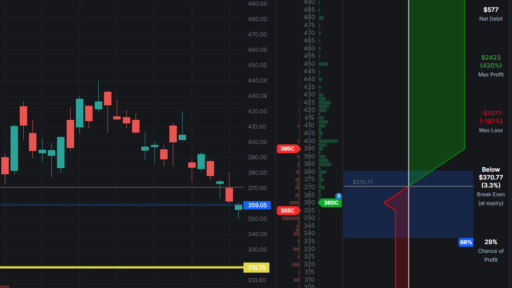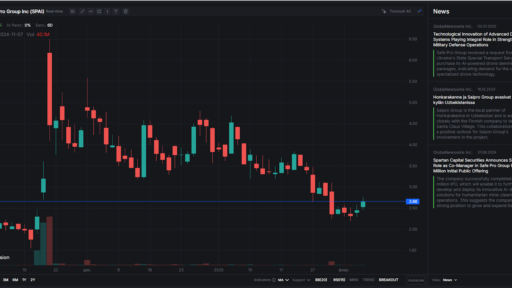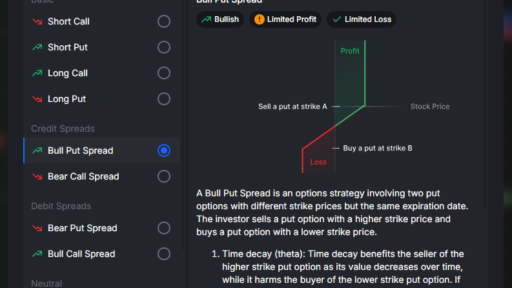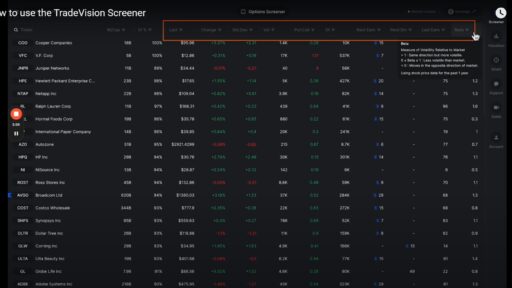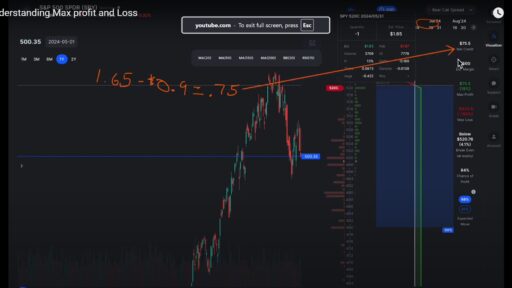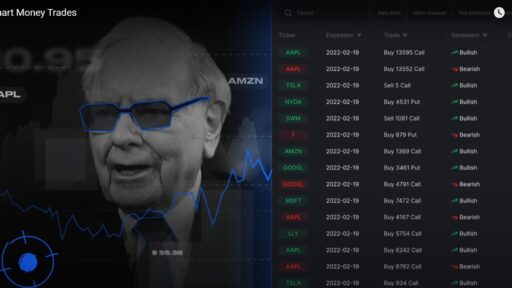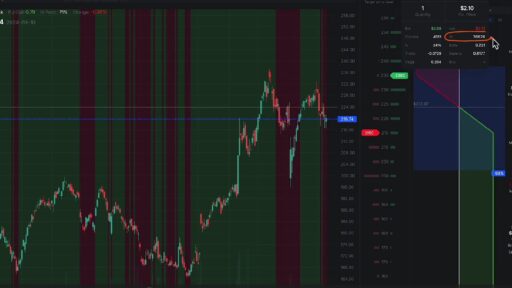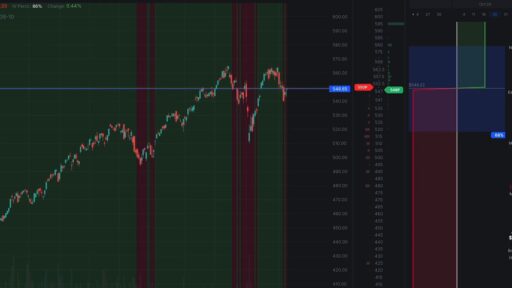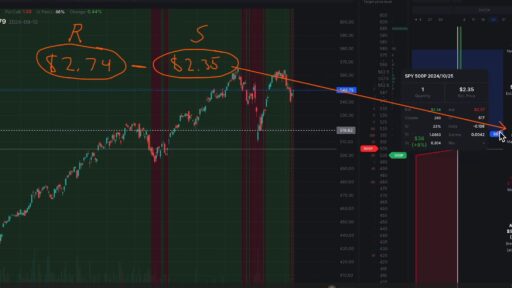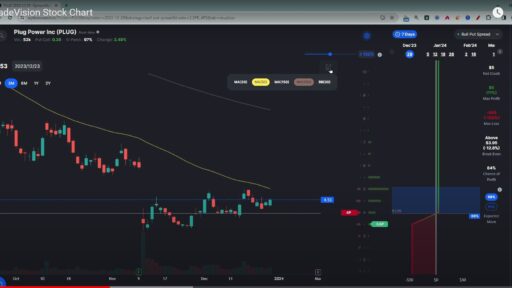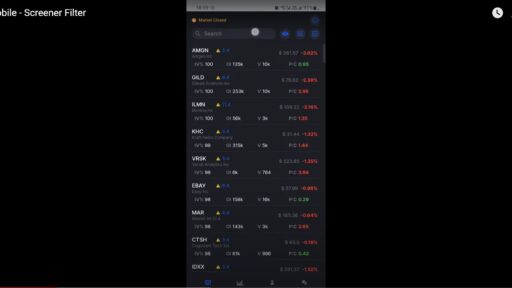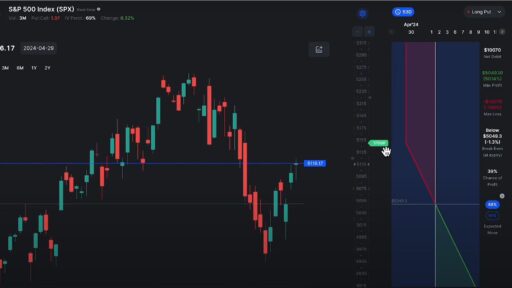Trading options can be a thrilling way to enhance your investment strategy, but it’s also fraught with pitfalls. To help you navigate this complex landscape, here are seven common mistakes to avoid:
1. Lack of a Trading Strategy
Jumping into options trading without a solid plan is a recipe for disaster. Without a clearly defined trading strategy, you risk making impulsive decisions driven by emotions or market noise. Ask yourself:
- How will you identify trading opportunities?
- What criteria will guide your trades?
- What is your maximum acceptable loss?
A well-crafted trading strategy not only helps you make informed choices but also includes an exit strategy to minimize losses when necessary. Experienced traders often rely on tools that align their strategies with expected stock performance, ensuring that each trade fits into a broader plan.
2. Neglecting Diversification
Diversification isn’t just for stock investors—it’s equally crucial in options trading. Many traders make the mistake of concentrating their investments in a single strategy or position, which can be risky. Instead, consider:
- Utilizing a variety of options strategies, such as covered calls, married puts, and bear put spreads.
- Spreading your capital across multiple options positions to mitigate risks.
By diversifying your approach, you can cushion your portfolio against losses, as different strategies may perform well in various market conditions.
3. Lacking Discipline
Options trading requires discipline and patience. Many traders fall into the trap of selling winning positions too quickly while holding onto losers for too long. To develop a disciplined approach:
- Stick to your trading plan, even during emotional market swings.
- Set clear rules for when to exit both winning and losing trades.
If you find it hard to maintain discipline, you might be better off with a buy-and-hold investment strategy.
4. Using Margin Carelessly
While trading on margin can amplify your potential profits, it can just as easily magnify your losses. Margin trading increases your risk profile, so it’s essential to:
- Only use funds you can afford to lose.
- Be cautious about the leverage you employ when trading options.
Understanding the risks associated with margin can help you avoid catastrophic losses that could wipe out your trading capital.
5. Focusing on Illiquid Options
Liquidity is key in options trading. Illiquid options can make it difficult to execute trades at favorable prices. To avoid issues related to illiquidity:
- Pay attention to the bid-ask spread; a large spread can indicate low liquidity.
- Choose options with higher trading volumes to ensure you can enter and exit positions easily.
Illiquid options can lead to unexpected losses during fast market movements, so prioritize liquidity in your trading decisions.
6. Failing to Understand Technical Indicators
Options pricing is influenced by several factors, including time decay and volatility. Familiarizing yourself with the “Greeks”—delta, gamma, vega, and theta—is crucial for making informed trading decisions:
- Delta measures the sensitivity of the option’s price to changes in the underlying asset.
- Theta indicates how much the option’s price will decline as expiration approaches.
A solid grasp of these indicators will help you anticipate price movements and make more strategic trades.
7. Ignoring Volatility
Volatility can significantly impact options pricing. Understanding both historical and implied volatility is crucial for evaluating options premiums. To incorporate volatility into your trading strategy:
- Assess whether an option is fairly priced based on its volatility.
- Consider using volatility to your advantage by employing strategies like straddles or strangles during volatile periods.
By accounting for volatility, you can better position yourself to capitalize on market fluctuations.
Bottom Line
Options trading can be a powerful tool for investors, but it requires careful planning and awareness of the common pitfalls. By avoiding these mistakes and continuously educating yourself, you can enhance your trading experience and minimize losses. Remember, successful trading often involves learning through experience, so approach each trade with knowledge and caution.




